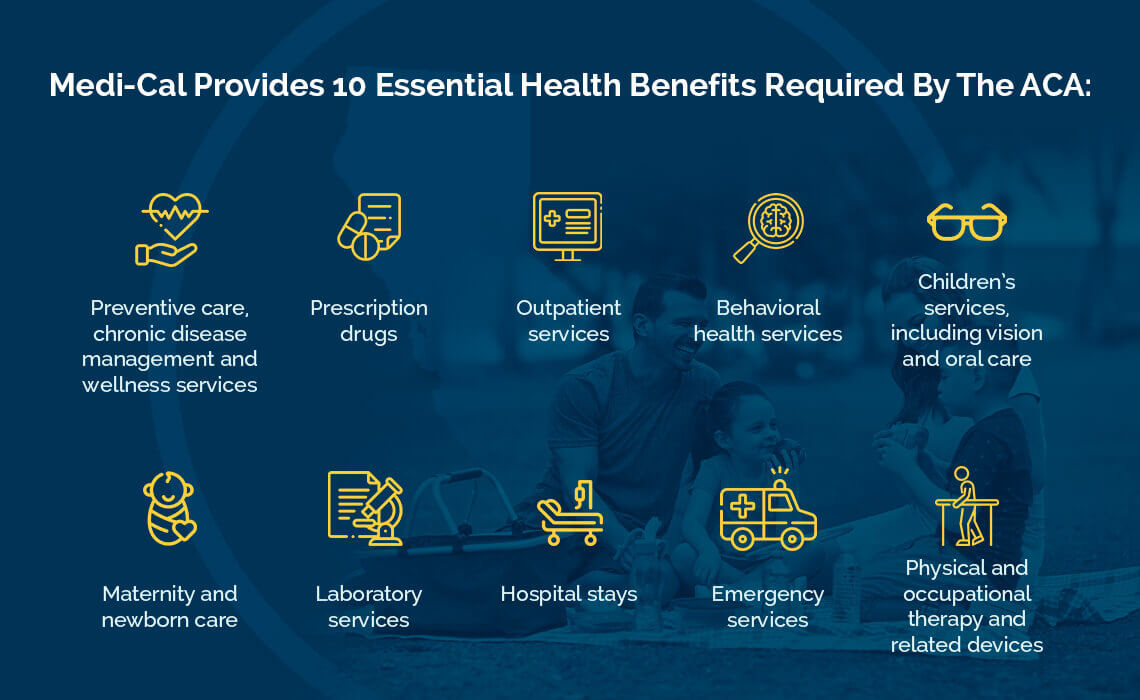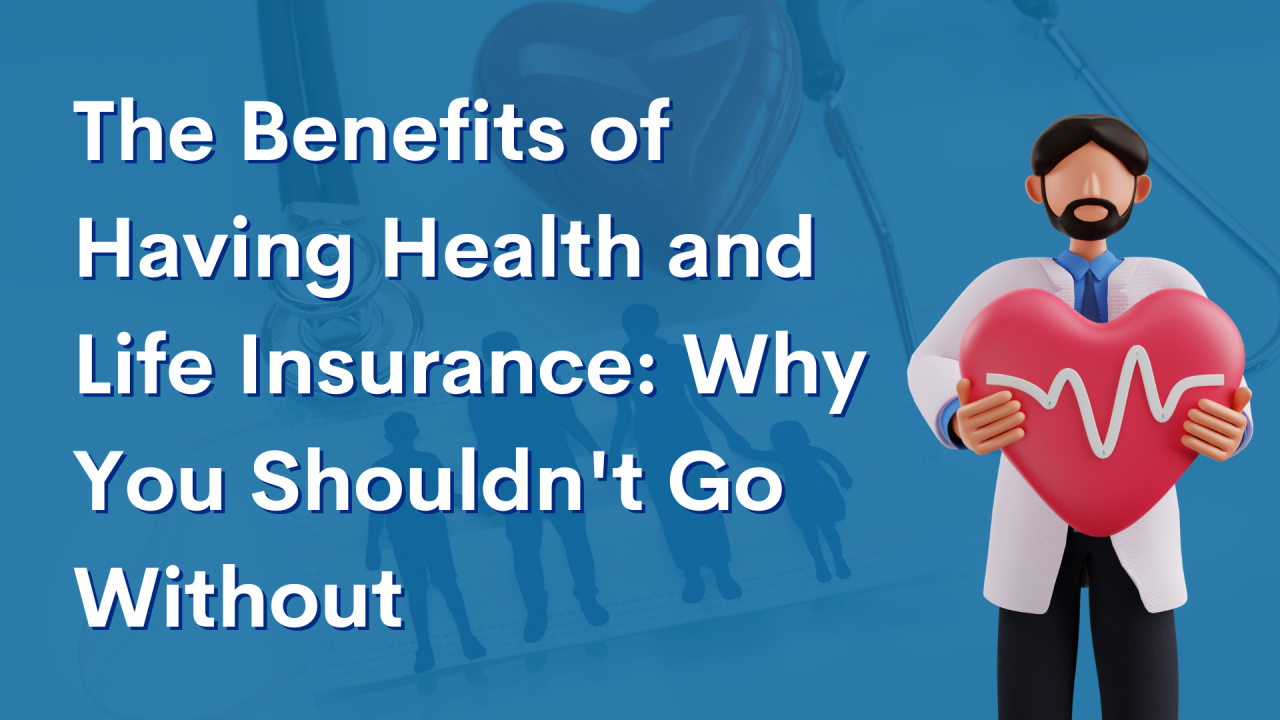The Main Principles Of Medicare Advantage Agent
The Main Principles Of Medicare Advantage Agent
Blog Article
Rumored Buzz on Medicare Advantage Agent
Table of ContentsThe Medicare Advantage Agent PDFsWhat Does Medicare Advantage Agent Do?The Medicare Advantage Agent Statements

follows from puzzling the fairly young age account of the without insurance with the much better health and wellness, usually, of younger persons. This obscures the web link between health and wellness status and medical insurance. For those without accessibility to workplace health insurance coverage, poor health is a potential obstacle to purchasing nongroup insurance coverage because such insurance coverage might be extremely valued, omit pre-existing problems, or be simply unavailable. The variety of without insurance Americans is not particularly large and has actually not changed over the last few years. Seven out of 10 participants in an across the country depictive study thought that less Americans did not have medical insurance than really do(Fronstin, 1998). Roughly fifty percent(47 percent )believed that the number of people without medical insurance lowered or continued to be continuous over the latter fifty percent of the last years(Blendon et al., 1999). This decline of almost 2 million in the variety of individuals 'without insurance policy (a reduction
of around 4 percent)is certainly a favorable modification. With a softer economy in 2000 the most up to date reported gains in insurance policy protection might not proceed(Fronstin, 2001 ). The decline in the variety of without insurance will certainly not proceed if the economy remains slow and healthcare prices remain to exceed rising cost of living. This is due to the fact that the data were accumulated for a duration of solid financial efficiency. Of the approximated 42 million individuals that were uninsured, almost regarding 420,000(regarding 1 percent)were under 65 years of age, the age at which most Americans become qualified for Medicare; 32 million were adults in between ages 18 and 65, around 19 percent of all adults in this age; and 10 million were children under 18 years old, concerning 13.9 percent of all kids (Mills, 2000). These estimates of the number of persons uninsured are created from the yearly March Supplement to the Present Population Survey (CPS), performed by the Census Bureau. Unless or else noted, national price quotes of individuals without medical insurance and proportions of the population with various kinds of coverage are based upon the CPS, one of the most extensively made use of source of price quotes of insurance protection and uninsurance rates. These surveys and the price quotes they yield are defined briefly in Table B. 1 in Appendix B - Medicare Advantage Agent. These studies differ in size and tasting techniques, the concerns that are asked about insurance coverage
Fascination About Medicare Advantage Agent
coverage, and the time period over which insurance coverage or uninsurance is measured(Lewis et al., 1998, Fronstin, 2000a ). Still, the CPS is particularly useful because it produces annual quotes fairly swiftly, reporting the previous year's insurance coverage estimates each September, and due to the fact that it is the basis for a consistent collection of quotes for more than 20 years, enabling for evaluation of patterns in insurance coverage in time.

Facts About Medicare Advantage Agent Uncovered
Over a three-year period beginning early in 1993, 72 million people, 29 percent of the united state populace, lacked coverage for at the very least one month. Within a solitary year(1994), 53 million people experienced a minimum of a month without protection(Bennefield, 1998a). Six out of every 10 uninsured adults are themselves employed. Functioning does boost the probability that one and one's household members will certainly have insurance, it is not an assurance. Even participants of family members with 2 full time wage earners have almost a one-in-ten opportunity of being without insurance (9.1 percent uninsured price)(Hoffman and Pohl, 2000 ). The connection between health insurance policy and accessibility to care is well developed, as recorded later on in this phase. Although the partnership between wellness insurance coverage and health and wellness end results is neither direct nor basic, a comprehensive clinical and health services research study literary works links medical insurance coverage
to improved access to care, better quality, and boosted individual and populace health and wellness condition. The second record, on individual health and wellness results for without insurance adults, is stood for by the innermost circle of the number, while the 3rd report, on household health, includes the subjects of the 2nd report yet stresses a various device of evaluation, namely, the family. The sixth report in the series will certainly offer information regarding strategies and campaigns carried out in your area, statewide, or nationally to resolve the lack of insurance and its damaging influences. Degrees of analysis for analyzing the effects of uninsurance. This discussion of medical insurance coverage concentrates primarily on the U.S. populace under age 65 because basically all Americans 65 and older have Medicare or other public protection.
Additionally, it focuses especially on those without any kind of medical insurance for any kind of length of time. The troubles dealt with by the underinsured are in some areas similar to those dealt with by the uninsured, although they are usually much less extreme. Uninsurance and underinsurance, nonetheless, include distinctly article source different policy problems, and the approaches for resolving them might differ. Throughout this research study and the 5 records to adhere to, the primary focus gets on individuals without health and wellness insurance and therefore no assistance in spending for health care past what is readily available via charity and safety and security web institutions. Wellness insurance policy is an effective aspect influencing invoice of treatment since both clients and doctors react to the out-of-pocket rate of solutions. Medical insurance, however, is neither required nor enough to access to medical services. Nevertheless, the independent and direct impact of health and wellness
insurance coverage on access to health services is well established. Others will certainly obtain the wellness care they require also without health insurance policy, by paying for it expense or seeking it from providers that use care cost-free or at very subsidized prices. For still others, medical insurance alone does not make certain receipt of treatment due to the fact that of other nonfinancial obstacles, such as a lack of healthcare service providers in their area, minimal accessibility to transportation, illiteracy, or etymological and cultural distinctions. Official research study concerning uninsured populaces in the United States dates to the late 1920s and early 1930s when the Committee on the Cost of Medical Care generated a series of records concerning financing physician office gos to and hospital stays. This issue came to be significant as the numbers of medically indigent climbed throughout the Great Anxiety. Empirical researches continually support the web link in between accessibility to care and enhanced wellness end results(Bindman et al., 1995; Starfield, 1995 ). Having a regular resource of treatment can be taken into consideration a forecaster of access, as opposed to a straight measure of it, when health outcomes are themselves used as accessibility signs. This expansion of the concept of access dimension was made by the IOM Board on Keeping An Eye On Gain Access To to Personal Health Treatment Solutions(Millman, 1993, p. Whether or not parents are insured appears to affect whether or not their children get care along with just how much careeven if the youngsters themselves have insurance coverage(Hanson, 1998). The health of parents can impact their ability to care for their youngsters and the degree of family members stress. Stressing over their kids's access to care is itself a resource of anxiety for parents. 3 chapters follow in this report. Chapter 2 gives a review of just how employment-based wellness insurance coverage, public programs and individual pop over to this site insurance plan run and communicate to supply extensive yet insufficient coverage of the U.S. population. This includes a testimonial of historic patterns and public policies affecting both public and private insurance coverage, a conversation of the communications among the different kinds of insurance coverage, and an examination of why individuals move from one program to one more or wind up

Report this page